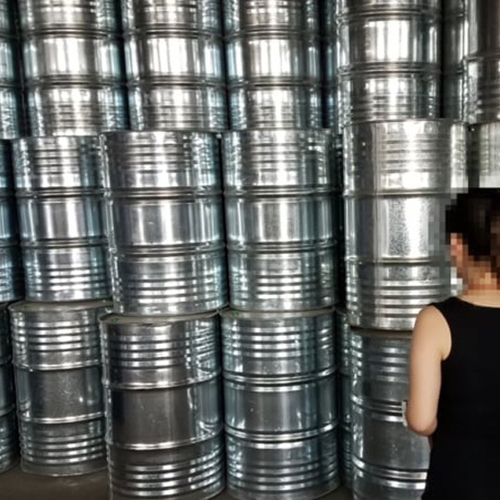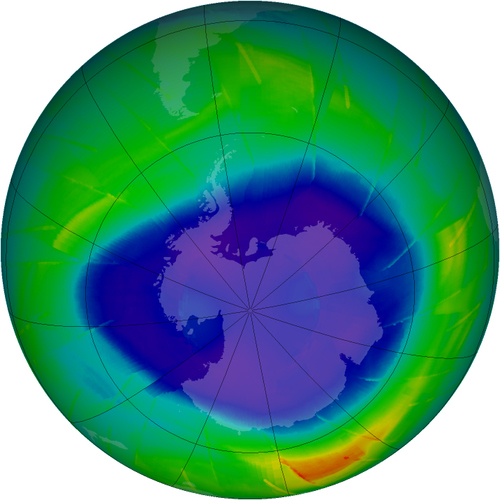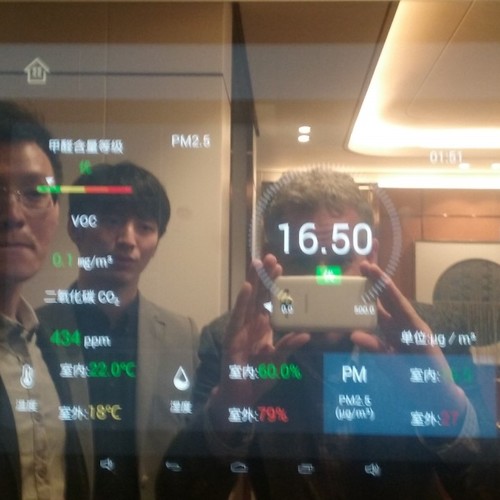
Two industrialized provinces in eastern China are responsible for most of an increase in emissions of a banned chemical that depletes the Earth’s ozone layer, scientists say in a recently released report.
New observations confirm the suspicions of scientists who said last year that they had detected increased emissions of CFC-11, a chlorofluorocarbon once widely used as a blowing agent in foam insulation. The chemical was phased out as part of the 1987 Montreal Protocol, and levels have been gradually declining.
At the time, scientists said they thought the new emissions originated in east Asia, but they couldn’t be any more specific than that. In a report published in Nature on May 22, researchers said they now believe that at least 40% to 60% of the global increase in CFC-11 could be traced to the northeastern Chinese provinces of Shandong and Hebei.
“We find no evidence for a significant increase in CFC-11 emissions from any other eastern Asian countries or other regions of the world where there are available data for the detection of regional emissions,” the authors of the study said. They added that the increases that have been detected are likely the result of new production and use of the gas, which should have been phased out by 2010.
The levels of CFC-11 in the atmosphere have fallen sharply since the mid 1990s as manufacturers switched to alternatives. The uptick in emissions will slow the eventual recovery of the ozone layer by a decade or more, The New York Times said in an article about the new study.
The Times said its own research found evidence that factories in Shandong were producing or using the chemical as a blowing agent in insulation. CFCs, according to the National Oceanic and Atmospheric Administration, were also used as refrigerants and solvents. They were originally developed in the 1920s as safer replacements for methyl chloride, a refrigerant.
Chlorofluorocarbons are non-toxic, but in the upper atmosphere they decompose into inorganic chlorine and destroy ozone. A loss of ozone allowed more harmful UV-B radiation to reach the surface of the Earth, which increases biological damage to plants and animals. In addition, CFCs are powerful greenhouse gases.
Those discoveries led to the worldwide ban mapped out in the Montreal Protocol.
New pressure on Chinese government
The report is likely to add pressure on the Chinese government to root out illegal use of the chemical, The Times said. Last year, when preliminary reports were published, the government said it would stop any illegal production and use of CFCs but said it didn’t appear to be a serious problem.
The Chinese Ministry of Ecology and Environment told the newspaper that it was preparing answers to questions about the new observations.
Originally, observations of increased levels of atmospheric CFC-11 came from Hawaii, some 5,000 miles away from the suspected source. The more recent data come from monitoring stations on islands just a few hundred miles from the Chinese coast.
Still, scientists are not able to account for all of the new emissions. Some could be coming from South America, Africa, or even other parts of China, but researchers don’t have enough information to know.
The Environmental Investigation Agency, a nonprofit advocacy group, also looked into the problem after the initial announcement last year. In response to the new study, the organization said the findings underscored the need for better enforcement of the Montreal Protocol:
“The fact that scientists cannot pinpoint the source of the remaining emissions demonstrates the lack of sufficient monitoring capacity in other parts of the world,” EIA’s assessment says. “This cannot be treated as isolated cases in China and underlines the need to fundamentally revisit the Montreal Protocol’s monitoring and enforcement regime, including expanding approaches to tracking the supply chain of controlled substances.”
The new study found that CFC-11 emissions from eastern China increased by 7,000 tons per year after 2012, the equivalent of 33 million tons of CO2, EIA said. Illegal production between 2013 and 2017 may have created nearly 4 gigaton of CO2 equivalent in polyurethane foam production, much of which hasn’t even made it into the atmosphere.
Getting rid of hidden stockpiles of the chemical would require a “significant and sustained intelligence-led enforcement effort in China,” the group said.
Weekly Newsletter
Get building science and energy efficiency advice, plus special offers, in your inbox.















0 Comments
Log in or create an account to post a comment.
Sign up Log in